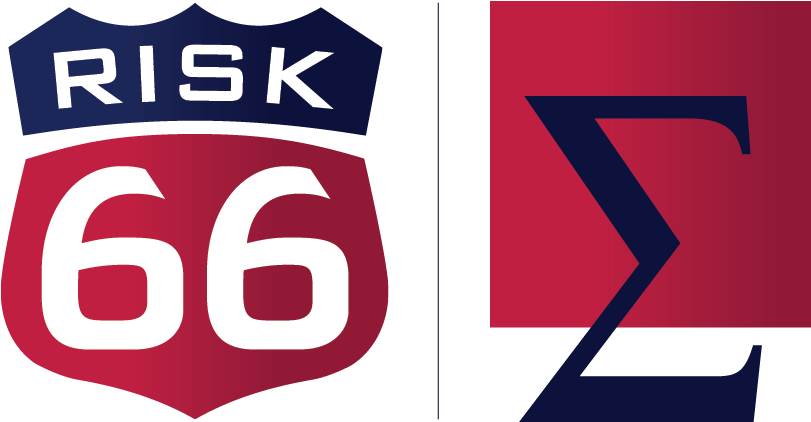Note: The following article uses workers compensation as an example only. The technique is applicable to any line of coverage.
A very effective method to measure the impact of a loss control program is an analysis of losses versus payroll. This statistic is called the pure loss rate. The pure loss rate is calculated by developing reported losses for each of several years to an ultimate level and then trending these losses to a common loss date using benefit level, payroll and medical cost trends. These adjusted losses are then ratioed with similarly trended payrolls. This yields a pure loss rate for each year that can be credibly compared.
An example will be used to show how to choose a benchmark and how to track improvements in loss experience due to the loss control program. First, calculate pure loss rates for five to seven years prior to the implementation of the loss control program. Second, select a reasonable pure loss rate based on the historical data.
While the average is often not a good choice as a selected rate, in this case it is a good selection given the small range of rates. In real-life situations, the choice of a pure loss rate takes considerable judgment. In this example, the benchmark of $3.75 will be used to show the potential dollar impact of the loss control program. It can not show the actual impact because there will be variability from year to year, and there can always be random good and poor years.
Continuing with our example, let's assume the program was implemented in year 6 and the results have been positive.
The loss experience for year 6 certainly looks like an improvement. The rate of $3.27 is outside the range of $3.57-$3.94 seen in the prior five years. However, one year could just be the result of random good experience. The year 7 rate adds a lot of weight to the idea that, in fact, the loss program is working. The addition of good experience for year 8 indicates that indeed a trend has emerged.
This is certainly good news, but how do you measure the dollar impact? If you assume all improvement is due to the loss program, then go back to the benchmark pure loss rate of $3.75. The improvements are $0.48, $0.81 and $0.98. For every $10,000,000 of payroll, this is a savings of $227,000 ($48,000 + $81,000 + $98,000).
A unique use of this type of analysis is in calculating additional compensation. The group in charge of the program could receive a bonus based on a percentage of the savings. Three very large caveats are that it takes several years before a credible analysis can be completed, the improved loss experience may not be due to the loss control program and there needs to be a system of checks and balances to ensure that claims have not been manipulated.
For further information, contact Al Rhodes, ACAS, MAAA, at 866-228-8279 x 202 or AL@SIGMAactuary.com
Don’t forget to register for our free resource portal by visiting www.SIGMAactuary.com/register
© 2012 SIGMA Actuarial Consulting Group, Inc.

Your Comments
Al;
I am not an actuary but I found your use of the term "Pure Loss Rate" interesting in that it uses payroll a base that is subject to inflation. Wouldn't it be better to use a variable like "man hours" or some other base that is not subject to inflation?
Maybe you "trend and develop" these numbers to take out the inflation factors. Your thoughts?
Bill H.
PS hope to see you in Denver.
Bill - good comment. We define pure loss rate in the blog to include development and trend on losses and trend on payroll. Payroll (which is usually readily available) is commonly used within the industry as an exposure base. Trending adjusts for various factors - benefit level, payroll and medical cost trends (some are inflation driven).
These adjustments get at what you are commenting on. We are taking the effect of the trend out of the "pure loss" rate.